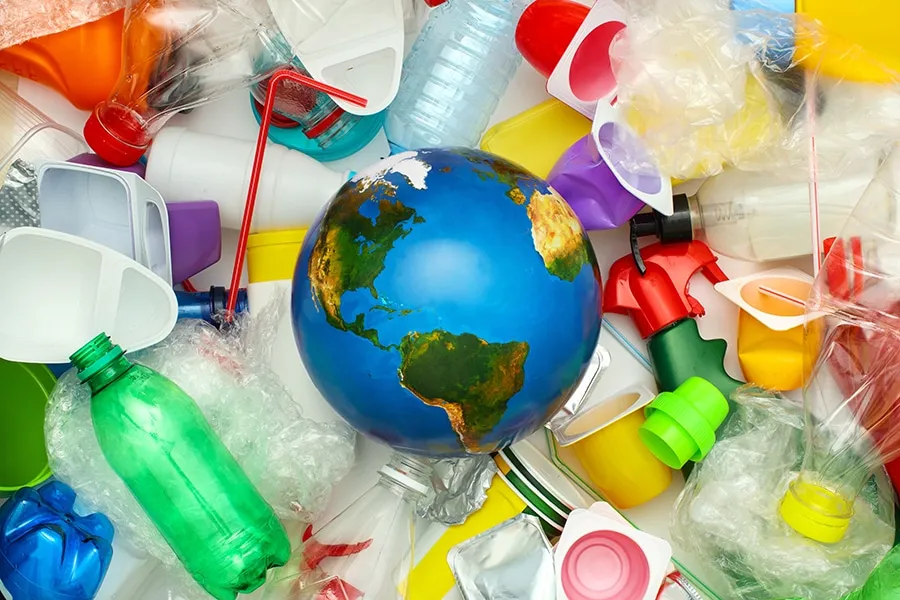Johdanto
Canada’s Evolving Plastic Waste Management
Canada’s journey towards enhanced plastic waste management is marked by a steady shift to sustainable practices. Presently, the country recycles a modest percentage of its plastic waste, but the trend is shifting positively with growing environmental consciousness and regulatory support.
Data Insights and Trends
Recent data paints a picture of gradual improvement in recycling initiatives, varying across regions. Challenges include disparities in recycling capabilities and public awareness. The COVID-19 pandemic has further complicated this landscape, increasing plastic usage and putting additional strain on recycling systems.
Industry Challenges
Key challenges encompass inadequate recycling infrastructure, the complexity of recycling certain plastics, and disruptions in global recycling markets. The pandemic has underscored the need for robust, resilient recycling systems.
Rooli Muovin kierrätyskoneet
Impact on Industry Growth
Plastic recycling machinery stands at the forefront of Canada’s recycling revolution. Advanced equipment like high-efficiency shredders and granulators has become more crucial due to increased plastic waste and the need for better recycling techniques.
Teknologiset edistysaskeleet
The market is seeing a surge in technological innovations, with sophisticated sorting systems enhancing the quality and efficiency of recycled materials. This technological leap is pivotal in processing a broader range of plastics, thereby amplifying the industry’s capacity.
Machinery Types and Uses
Key machinery types include:
- Silppurit: Essential for breaking down plastic waste.
- Granulaattorit: Further reduce plastic into granules for recycling.
- Sorting Systems: Utilize advanced technologies for better classification and recycling quality.
Market Drivers and Challenges
Growth Drivers
The market is driven by environmental regulations, consumer demand for sustainable products, and government incentives. The adoption of Extended Producer Responsibility (EPR) programs and initiatives like the Canadian Plastics Innovation Challenge are catalyzing industry growth.
Industry Challenges
Challenges include high costs for advanced machinery, the need for skilled labor, and technological obsolescence. Additionally, the COVID-19 pandemic has introduced supply chain disruptions and increased plastic waste from medical supplies.
Overcoming Challenges
Strategies to address these challenges include government support, industry collaboration, and continuous innovation. Public-private partnerships and educational initiatives are crucial in advancing recycling capabilities.
Future Trends and Predictions
Market Predictions
By 2030, technological advancements such as AI in sorting and processing are expected to become more prevalent, enhancing recycling efficiency.
Impact of Innovations
Innovations will not only increase recycling capacity but also improve the quality of recycled plastics, creating new market opportunities.
Forecasted Growth
The market for muovin kierrätyskoneet in Canada is set to experience robust growth, contributing significantly to the country’s environmental goals.
Johtopäätös
The Canadian plastic recycling market is evolving rapidly, with machinery playing a pivotal role. The growth to 4.38 million tonnes by 2030 signifies a major leap towards sustainability, driven by technological innovation and policy support. This market is not just a segment of waste management but a key player in Canada’s environmental future.



